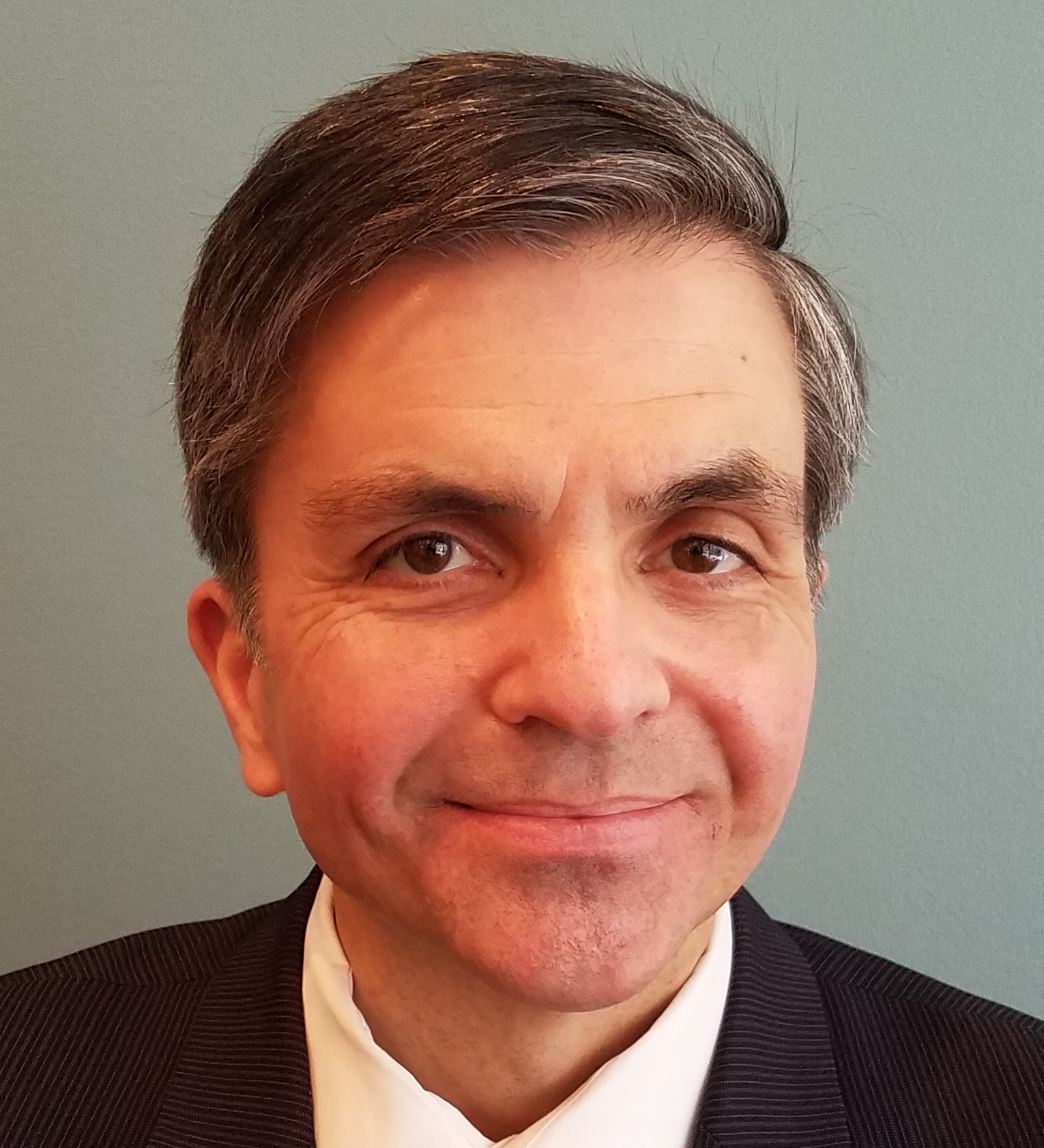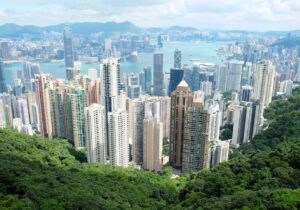Can you imagine an American president today greeted by hundreds of thousands with acclaim and American flags as he rides in an open car through the capital cities of overwhelmingly Muslim countries?
Eisenhower did so in 1959, hailed by rapturous throngs in Ankara, Tehran, Kabul and Karachi, plus Tunis and Casablanca, on a whirlwind 11 nation tour. The story is told by retired Secret Service agent Clint Hill in his soon to be released memoir of protecting five presidents, most tragically JFK on the day of assassination. Ike was his first president, and the December 1959 international trip was Hill’s first time outside the USA.
Hill was stunned when an estimated 700,000 Turks lined the streets of Ike’s 20 mile motorcade from the airport into Ankara, sometimes 20 persons deep, waving American flags and shouting “long live!” Ike waved from an open 1934 Lincoln convertible, the crowds sometimes breaking through police barricades and running alongside.
In Karachi, then Pakistan’s capital, crowds (almost all male) were twice as large, over one million, shouting “Long live Eisenhower!” from American flag-draped balconies and rooftops as Ike waved from an open white convertible and later an open, horse drawn coach. In Afghanistan, Ike in a homburg on a frigid winter day rode with the King in the royal 1947 Lincoln convertible with top down from the airport to Kabul, with tens of thousands of long-bearded Afghan tribesmen lining the streets, many of them having warmed themselves for hours with open fires. Afghan motorcycle police struggled to clear the streets as young boys, often waving American flags, tried to mount the car so as to touch the President. Over 750,000 Iranians hailed Ike as he rode in an open Cadillac convertible through Tehran with the Shah in a massive motorcade and phalanx of police. In Casablanca, about 500,000 Moroccans greeted Ike in an open white Cadillac convertible, including Berber tribesmen on horses firing rifles in the air, unnerving Black and other Secret Service, of course.
None of these regimes were very democratic and undoubtedly the governments pressed the crowds into the streets with flags and pre-printed signage. Yet on some level they likely were sincere in their welcome. In Hindu-majority India, which was democratic, Ike was greeted just at the airport by 70,000, more than can fill Yankee Stadium, Hill observed. The crowds chanted “Long live Ike!” More hundreds of thousands lined the streets, often blocking the motorcade in which Ike shared a Cadillac convertible with Prime Minister Nehru, who repeatedly jumped out of the car himself to clear a path by swatting the hordes with his swagger stick. A million Indians appeared for Ike’s closing speech, many hailing him as “prince of peace.”
Why could no American president today arouse such ecstasy from majority Muslim countries, much less safely travel for hours in open convertibles? Ike was uniquely a hero, the victor general of WWII. In the early Cold War, Turkey, Iran, and Pakistan were aligned with the USA against the Soviets, while Afghanistan was officially neutral. Ike was an advocate of peace, but he also practiced nuclear brinkmanship, organized alliances to contain the Soviet Union, dispatched troops to Lebanon in 1958, aggressively deployed CIA covert action, and authorized the CIA-supported coup that had restored the Shah to power in 1953. America’s president was admired, loved and feared, none of which is likely true today in Muslim-majority countries.
Ike’s visit with the Shah was symbolically important. Muslim clerics had supported his restoration against a leftist premier. But they eventually turned against him and his Western ways, including legal rights for women. The Shah obsessed over the Soviet-backed Tudeh Party but did not highly regard growing Islamist resentment against him. By the time he noticed, his response was weak and feckless. He was swamped in a tectonic religious revolution that helped radicalize wide swaths of the Islamic world. If an Islamic Republic in Iran, which defined itself by hatred of America, why not elsewhere?
Cold War leaders like Ike did not see the future tide of Islamist resentment against which his successors would contend. When Ike was in Kabul, he had asked the King, at the suggestion of his own pastor, for a Protestant church to be permitted, noting he himself had recently dedicated the new mosque in Washington, DC. The King agreed, although the church wasn’t completed until 1970. Three years later, the King was overthrown for a new unstable republic, and the new church was destroyed, never to be replaced. A new age was beginning.







 Sponsor a student for Christianity & National Security 2024
Sponsor a student for Christianity & National Security 2024